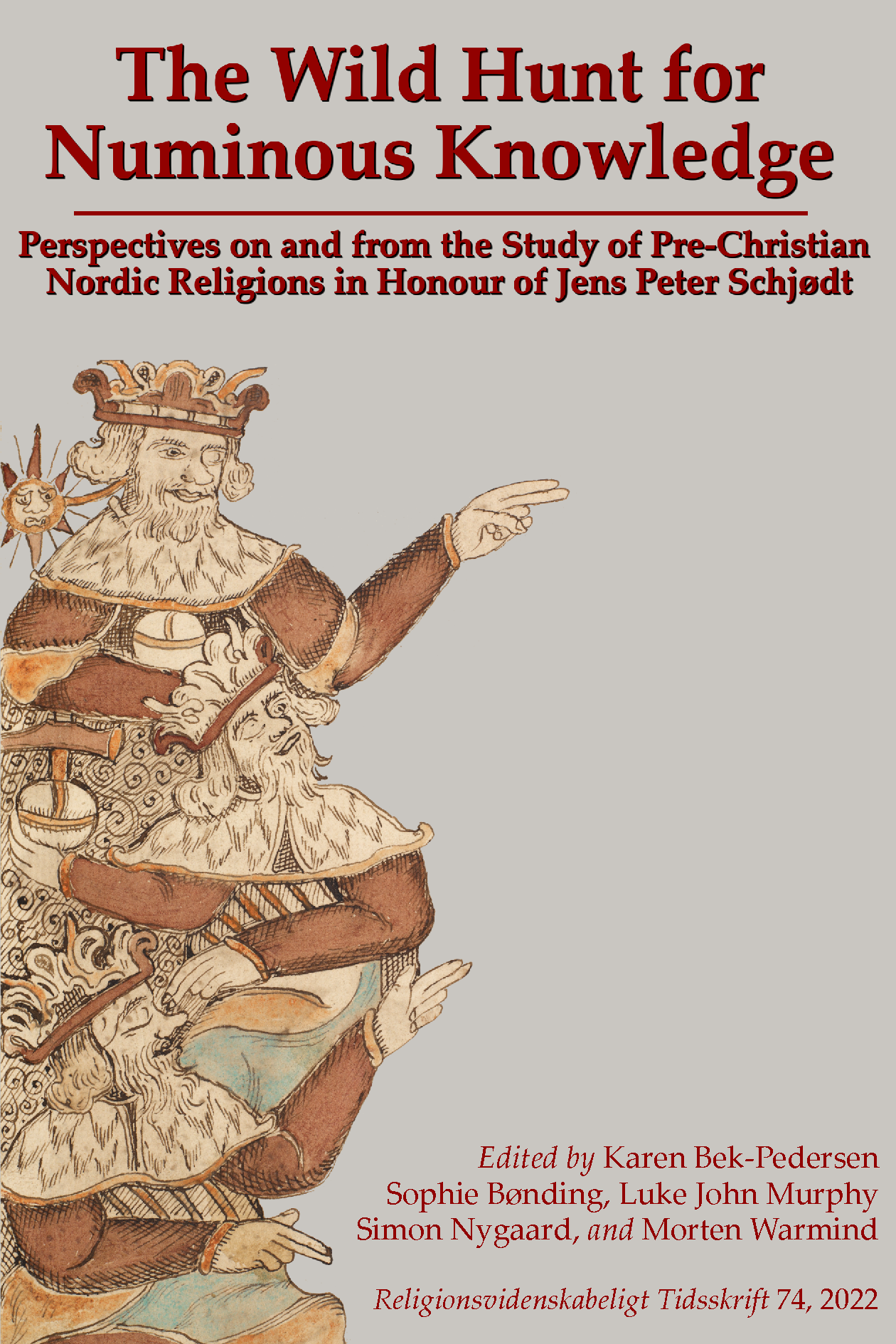From Barbarian to Lord
The Influence of Männerbund-Theories on Alt-Right
DOI:
https://doi.org/10.7146/rt.v74i.132138Nøgleord:
Neopaganism, Männerbund, alt-right, radical right, radical traditionalism, neo-völkisch, reception historyResumé
ABSTRACT: The chapter investigates the influence of Männerbund-theories on Neopagan, alt-right author Jack Donovan’s literature from 2012 to 2021. As an author and opinion-maker, Donovan has proposed a radical deconstruction of American society and rebuilding in male tribal gangs. This anarcho-libertarian vision for society, coupled with strong misogynist tendencies, has been a core element in the so-called ‘manosphere’ discussions in the rise of the American alt-right, and Donovan’s associations with these groups has earned him a reputation as a white supremacist. This chapter discusses the historical influences on Donovan’s thinking in a perspective that looks beyond attempts to categorize the author’s political position.
RESUME: Dette kapitel undersøger indflydelsen fra Männerbund-teorier på den neopaganistiske, amerikanske alt-right-forfatter Jack Donovans litteratur i perioden 2012 til 2021. Som forfatter og meningsdanner har Donovan foreslået en komplet omkalfatring af det amerikanske samfund til en tilstand bestående af mandsdominerede stammesamfund. Denne anarko-libertarianske vision for et samfund har sammen med forfatterens omfattende misogyni været et kerneelement i den såkaldte ‘mandesfære’- debat, der har fulgt den amerikanske alt-right-bevægelse fra begyndelsen. Donovans associationer med alt-right-grupper og individer har resulteret i, at han har fået et ry som fortaler for hvidt herredømme. Dette kapitel diskuterer de historiske indflydelser på Donovans tænkning i et perspektiv, der ser udover forskellige forsøg på at kategorisere forfatterens politiske tilhørsforhold.
Downloads
Publiceret
Citation/Eksport
Nummer
Sektion
Licens
Alt publiceret materiale i RvT fra og med nr. 75 (2023) er underlagt en CC BY 4.0 licens, og forfatteren har ophavsretten dertil.
Forfatteren og RvT deler ophavsretten til materiale publiceret inden nr. 75





